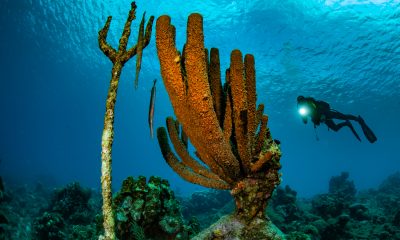News
Kurumba Maldives makes a splash with newly renovated dive centre

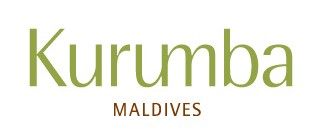 The team at Kurumba Maldives has announced the reopening of the Euro-Divers dive centre. This was completed as part of the resort’s continual improvement philosophy; to provide the best value in any 5-star resort within the Maldives. As the Maldives is listed as one of the top locations for diving in the world, Kurumba Maldives wishes to encourage more guests to experience this wonderful activity in this very unique environment.
The team at Kurumba Maldives has announced the reopening of the Euro-Divers dive centre. This was completed as part of the resort’s continual improvement philosophy; to provide the best value in any 5-star resort within the Maldives. As the Maldives is listed as one of the top locations for diving in the world, Kurumba Maldives wishes to encourage more guests to experience this wonderful activity in this very unique environment.
The aesthetic of the Dive Centre has been designed to provide a welcoming and open entrance which will be much easier for guests to find. Flowing spaces make up the tank room, storage and drying rooms as well as allowing for an inspiring dive school classroom; while in addition, the showers and bathrooms have been updated. The centre is also fully equipped with state-of-the-art gear and nitrox free of charge for license holders, and offers vast storage for in-house guest equipment.
The remodelling is complete with high ceilings under a traditional thatched roof, constructed from distinctive materials such as lava stone, ceramic and pebble-textured tile, with natural woods under silver, white, and turquoise furnishings. The Dive Centre now faces the sunset and the ocean, and the open-plan style brings an airy and relaxed atmosphere to the space.
Although conveniently located within 10 minutes of Male’ airport, Kurumba also offers the chance for guests to explore over 30 different dive sites, the most famous sites being Banana Reef, HP, Nassimo, Okobe and top manta spot, Sunlight Thila. Most of these amazing dive sites are found within a 5-30 minute boat trip from the resort, including 2 manta points, and some of the most exciting drift dives in the Maldives.
Euro-Divers offers a selection of internationally recognized PADI dive courses ranging from the Bubblemaker for children through to Assistant Instructor qualifications with many specialties in between.
Kurumba Maldives Dive School, operated by Euro-Divers, is open 7 days a week, with 3 scheduled dives per day on offer, as well as night dives and fluorescent night dives on request. There are customized schedules for all ages from 8 to 80, and free trial dives 3 days per week for those keen to explore the underwater world.
Blessed with a year round water temperatures between 28 to 30 degrees Celsius, with water visibility up to 40 meters, the Maldives is the perfect destination for recreational divers. Kurumba hopes that the newly upgraded dive centre will encourage more guests to start their dive journey or continue to explore the beautiful underwater world.
For more information and a special celebratory offer, visit www.kurumba.com/maldives-diving-offer.
Blogs
TRAVEL BLOG: Jeff Goodman Dives SOMABAY, Part 3

Today we are diving one of the outer reefs from an inflatable. As we reach the bottom, a reef octopus eases its way into the cover of a small crack in the coral while displaying it’s incredible ability to change colour. They are arguably one of the most charismatic of reef dwellers and it is always exciting for me to simply hover and watch. I would have spent longer and waited for it to come and investigate me, but as dive time is limited we wanted to move on and find a turtle.
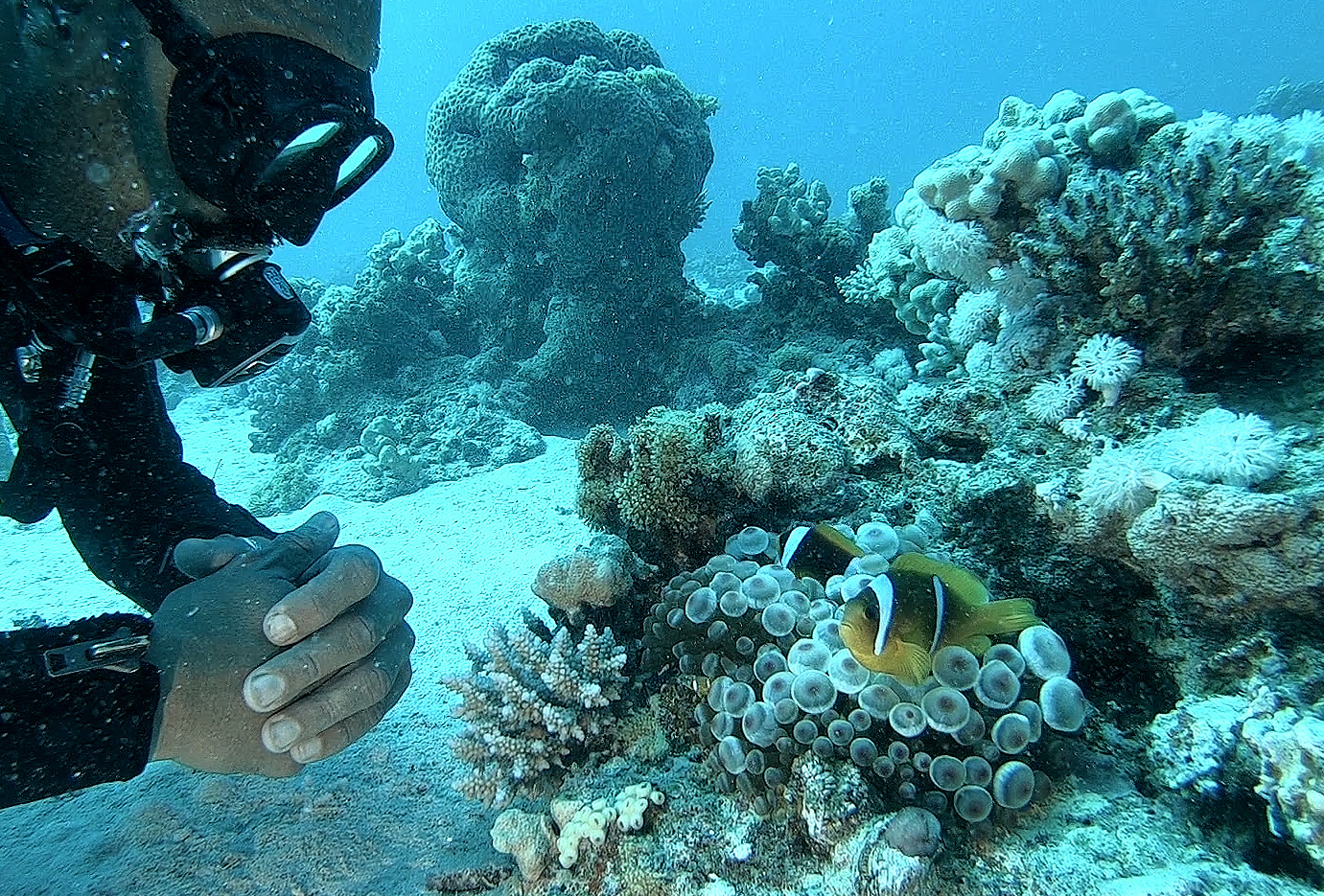
The waters around Somabay are well protected and hold a rich variety of marine life. The reef edges are thriving colonies of coral and shoaling fish, while nearer the sea bed plenty of wildlife is still to be found.
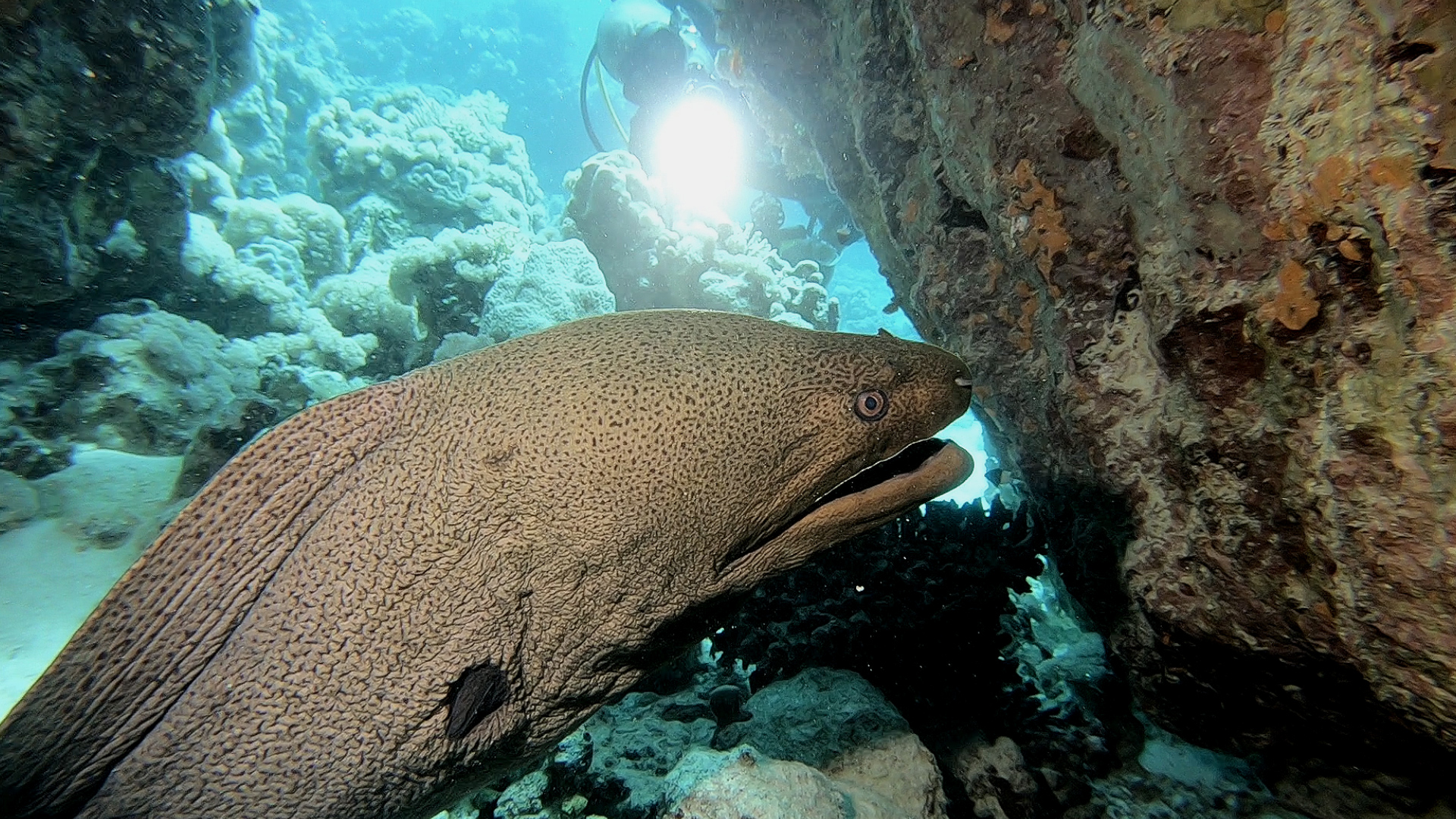
Then we located the turtles. They are very used to divers and so show little concern when slowly approached. In fact occasionally one will come over to see what you are doing. There is always huge excitement when diving with a turtle. The shear thrill of sharing a moment with another species.
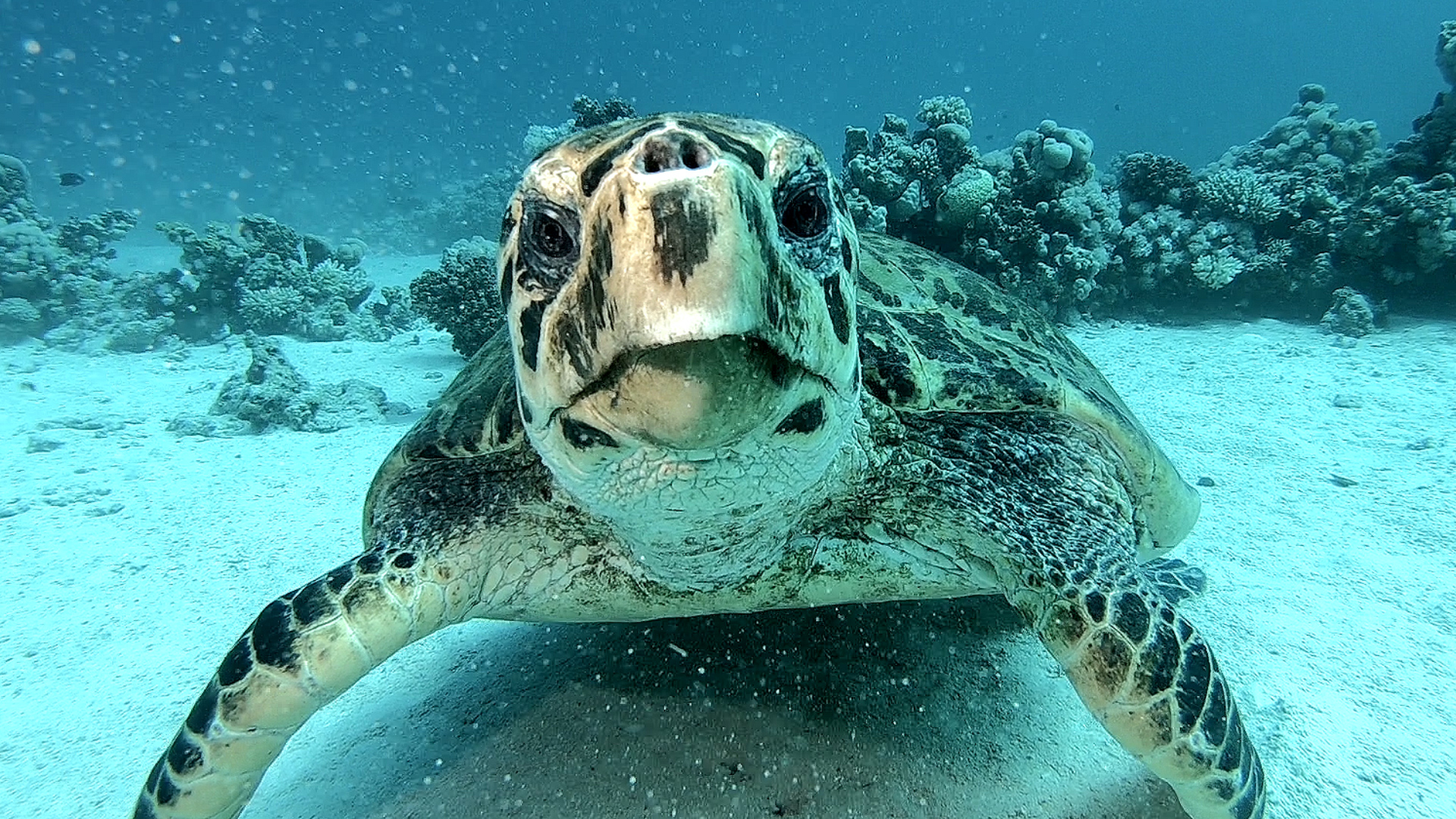
What a fantastic way to finish a wonderful few days diving and I would like to thank SOMABAY, ORCA DIVING and THE BREAKERS for making my stay such a good one.
I had a great time, with diving everyday either on the house reef or on one of the offshore reefs by inflatable or larger day boat. Orca diving provided high quality equipment and facilities while the staff were all very friendly and welcoming. The Breakers was right on the coast with nice rooms, good food and once again friendly staff making the whole trip a real pleasure.
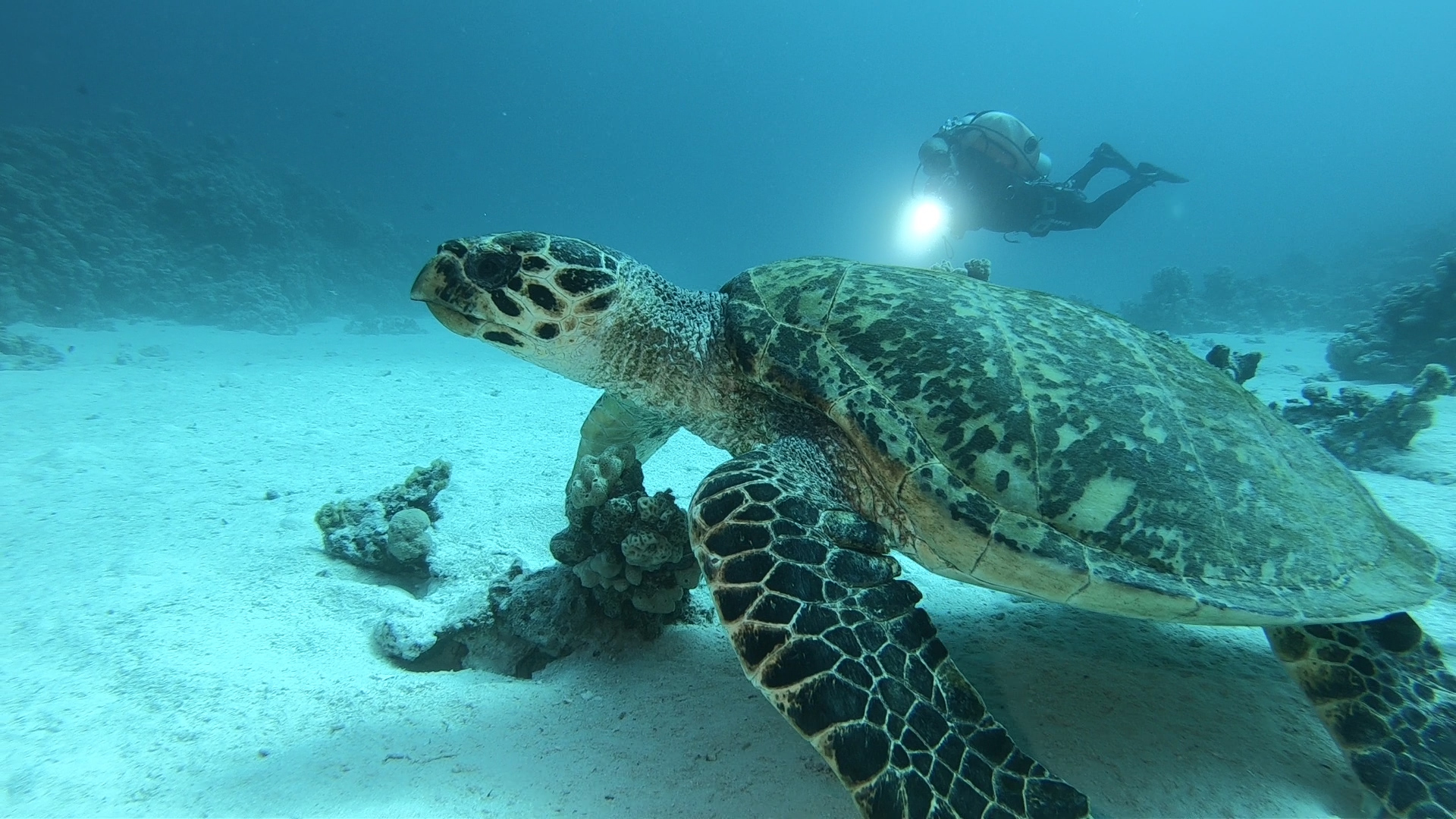
Soma Bay covers an entire peninsula and is home to several resorts as well as residential compounds.
As well as scuba diving, Somabay caters for many other sports and activities, and so is perfect for families as well as individuals and/or groups. And of course there is always time to lay peacefully on the beach under the Egyptian sun.
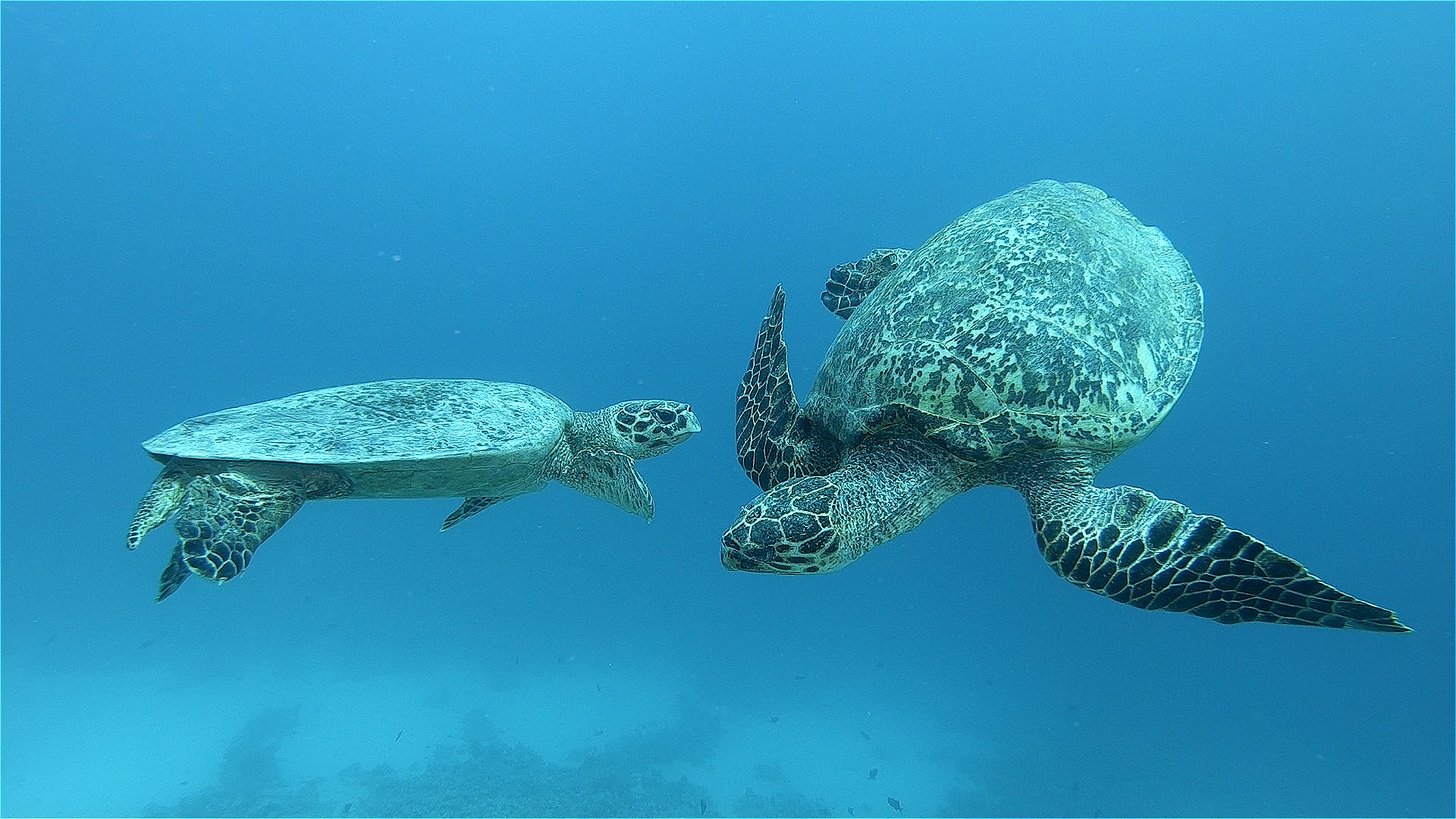
Book your next Red Sea dive adventure with SOMABAY! For more information, visit www.somabay.com.
Stay at the Breakers Diving & Surfing Lodge when you visit! For more information, visit www.thebreakers-somabay.com.
Find out more about ORCA Dive Clubs at SOMABAY at www.orca-diveclubs.com/en/soma-bay-en.
Blogs
TRAVEL BLOG: Jeff Goodman Dives SOMABAY, Part 2

Day three of my trip to Somabay and we were spending the day on the Lady Christina and diving on the wreck of the Salem Express.
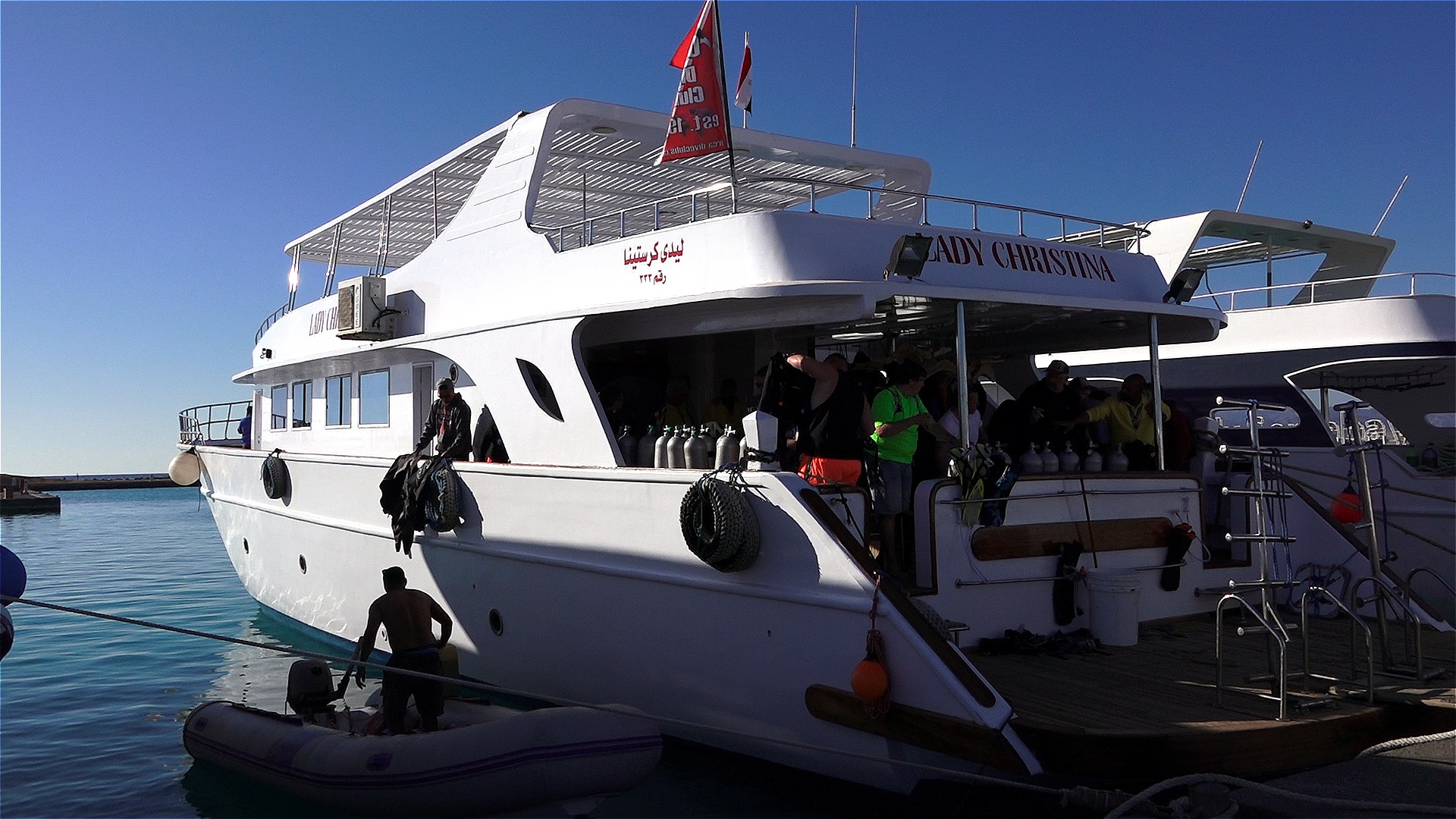
Diving wrecks for me is always one of mixed emotions. The excitement of diving a wreck is more than often tempered by the thought of loss of life when she sank. The Salem Express was a passenger ship and a roll-on/roll-off ferry travelling from Jeddah, Saudi Arabia to Safaga, Egypt. Most passengers were of poor class travelling home from their holidays while around 150 people were returning home from their pilgrimage to Mecca.

The ship struck a reef and sank within 20 minutes. Passengers were trapped below deck and the ship was filled with fear and panic.

The wreck area is strewn with personal belongings from the crew and passengers such as a transistor radio and a flat iron for clothes. A diver at sometime has put them in a prominent place to be seen.

Tragically only one life boat was launched while the others went down with the ship. More than 600 men, women and children lost their lives here.

It’s a stark reminder that the sea can be unforgiving and so when we dive on such wrecks we should do so with humble regard.
Returning to the surface, shoals of fish are gathered under our boat and seem to be welcoming us back into the light.
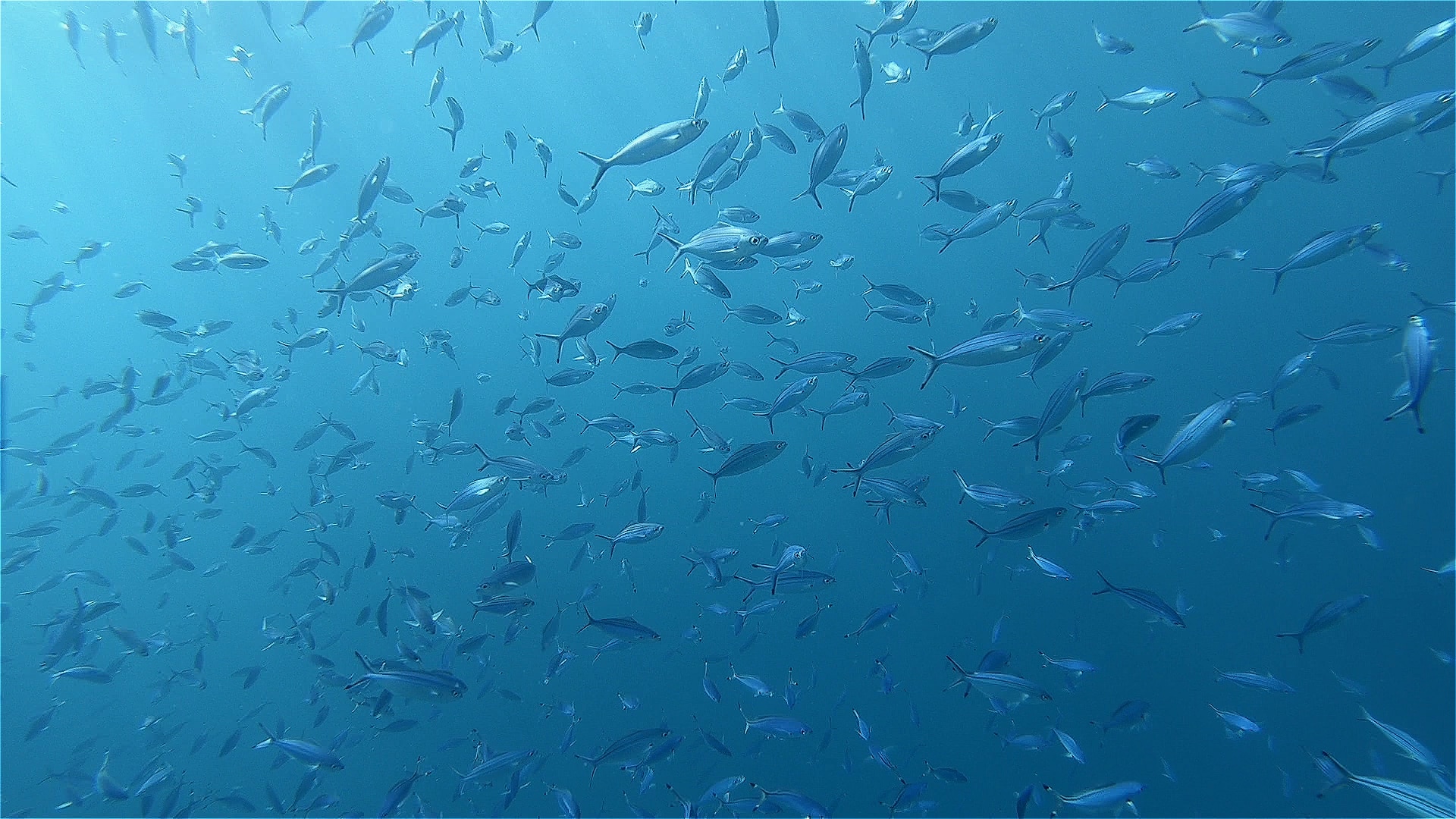
Back at the Breakers I sat in the dining area with a beer and a very good meal while my thoughts still remained with the day’s dive on the Salem Express.
Check in for part 3 tomorrow for Jeff’s last day of diving with Somabay on the off-shore reefs looking for turtles.
Book your next Red Sea dive adventure with SOMABAY! For more information, visit www.somabay.com.
Stay at the Breakers Diving & Surfing Lodge when you visit! For more information, visit www.thebreakers-somabay.com.
Find out more about ORCA Dive Clubs at SOMABAY at www.orca-diveclubs.com/en/soma-bay-en.
-

 News3 months ago
News3 months agoHone your underwater photography skills with Alphamarine Photography at Red Sea Diving Safari in March
-

 News2 months ago
News2 months agoCapturing Critters in Lembeh Underwater Photography Workshop 2024: Event Roundup
-

 Marine Life & Conservation Blogs2 months ago
Marine Life & Conservation Blogs2 months agoCreature Feature: Swell Sharks
-

 Blogs1 month ago
Blogs1 month agoMurex Resorts: Passport to Paradise!
-

 Gear News3 months ago
Gear News3 months agoBare X-Mission Drysuit: Ideal for Both Technical and Recreational Divers
-

 Blogs2 months ago
Blogs2 months agoDiver Discovering Whale Skeletons Beneath Ice Judged World’s Best Underwater Photograph
-

 Gear Reviews2 months ago
Gear Reviews2 months agoGear Review: Oceanic+ Dive Housing for iPhone
-
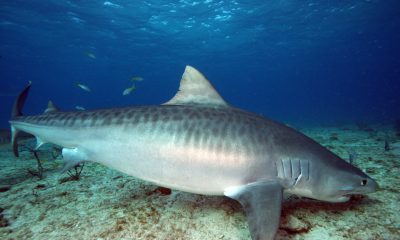
 Blogs3 months ago
Blogs3 months agoThe Thrilling Encounter with Tiger Sharks at Beqa Lagoon’s ‘The Colosseum’ with Coral Coast Divers













